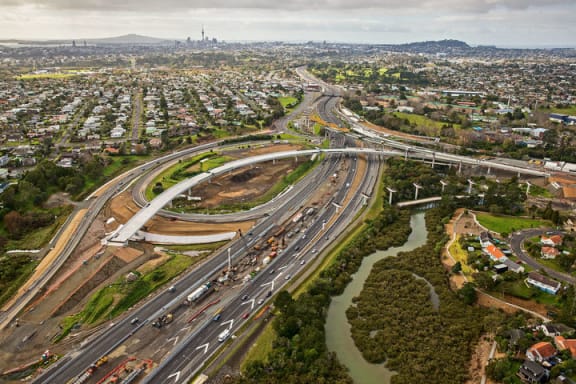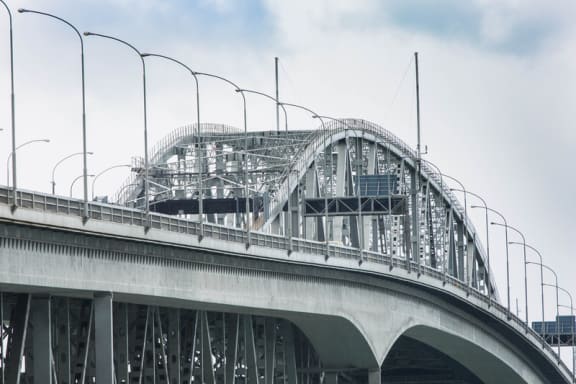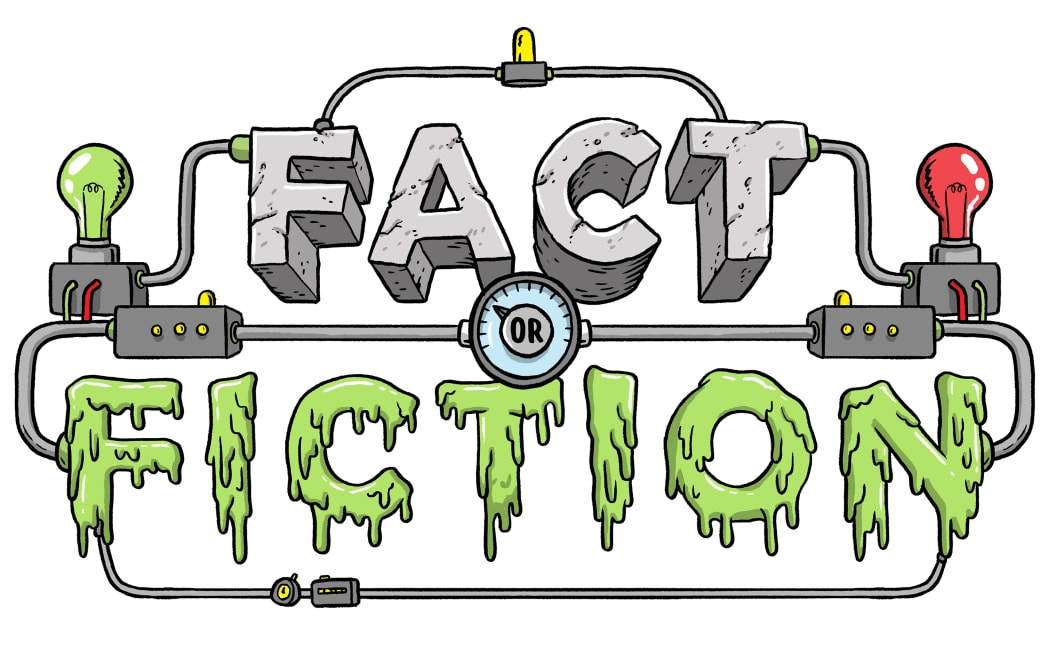Throughout the election campaign, RNZ will be casting a sceptical eye over the contenders' claims. Our fact-checkers kick things off by assessing whether politicians are any good at counting - from cars on the road to people on the street.
"The Government is investing $32.5bn in infrastructure over the next 4 years - which is 40 percent more than the last 4 years and double what it was a decade ago."
- Steven Joyce (National) at the party's conference on 24 June

Photo: supplied
Figures released in the 2017 Budget show that the government is forecast to invest $32.5bn in infrastructure from 2018 to 2021. This figure and those below can be found by adding together the individual data points for each year, displayed when hovering over this interactive graph.
A combination of historical and forecast data released in the same budget shows that in the four-year period from 2014 to 2017 the government has invested $23.3bn in infrastructure - so the claim of a 40 percent increase over the next four years is correct.
Ten years ago, the investment made in infrastructure from 2008 to 2011 was $17.7bn. This increase of 84 percent appears to have been rounded up by Mr Joyce to double.
Verdict: Mostly fact
There are 41,000 homeless people in New Zealand
- Labour housing spokesman Phil Twyford
Statistics New Zealand defines homelessness as “a living situation where people with no other options to acquire safe and secure housing are: without shelter, in temporary accommodation, sharing accommodation with a household, or living in uninhabitable housing”.
Using this measure there were at least 41,000 homeless people in New Zealand in 2013, according to a study published last year by Otago University's He Hainga Oranga housing research unit.
Statistics NZ also says under-reporting of homelessness is likely because of the difficulties of locating, and so counting, those who meet the definition of homelessness.
Verdict: Fact
"For Auckland alone it means in excess of 40,000 more cars on the motorway every year.”
- New Zealand First leader Winston Peters on immigration, 21 August

Photo: RNZ / Cole Eastham-Farrelly
Vehicle registrations have significantly increased in Auckland, with 42,986 new vehicles registered from February 2015 to February 2016, as NZTA figures here show.
However, Auckland motorway traffic volumes have not significantly increased since 2008, as evidenced here. For example, monthly average daily traffic on the Auckland Harbour Bridge was 161,405 vehicles in February 2014, growing only three percent to 165,949 in February 2015. From 2015 to 2016, the February figure increased another 5.1 percent, to 174,412.
These were small increases year on year - but definitely not on the scale Peters asserts.
Verdict: Mostly fiction
"If you have a look at the construction of those deficits ... a fair amount of it is what we call 'non-cash' so it's effectively depreciation and capital charges on new buildings and we're doing a bit of work how best to handle that ... PWC has come out and said if Canterbury DHB literally just adjusted their discount rate and made some adjustments to their depreciation rate they'd solve most of their deficit issue."
- National Party finance spokesman Steven Joyce on the Canterbury DHB budget (which DHB staff claim will require service cuts)
The PWC report Steven Joyce is referring to forecast a $38.5 million deficit for the CDHB in the 2016/2017 year, and further deficits throughout the next five years.
The report calculated that changes to asset depreciation rates from 2.6 percent to 2 percent (which it says is standard) could assist in mitigating the overall deficit. However, the impact would be small - $1.3m in the 2017-2018 year. Changes in capital charges are even less significant - ranging from $0.1m over the same period to $0.7m by 2021.
While this disposes with the substance of Mr Joyce’s claim, the report notes that CDHB has earmarked potential operating savings during the 2016/2017 period of $13.4m.
But even if such savings were realised, the report says achieving a ‘break-even’ is not feasible by only managing expenditure and/or through adjusting the balance sheet.
The report suggests that CDHB would need to further reduce its operating costs by 0.8 percent year-on-year (another $13m in the first year alone) to break even by 2021.
Verdict: Mostly fiction
Fact or Fiction is a joint initiative between RNZ and the University of Auckland's Public Policy Institute


